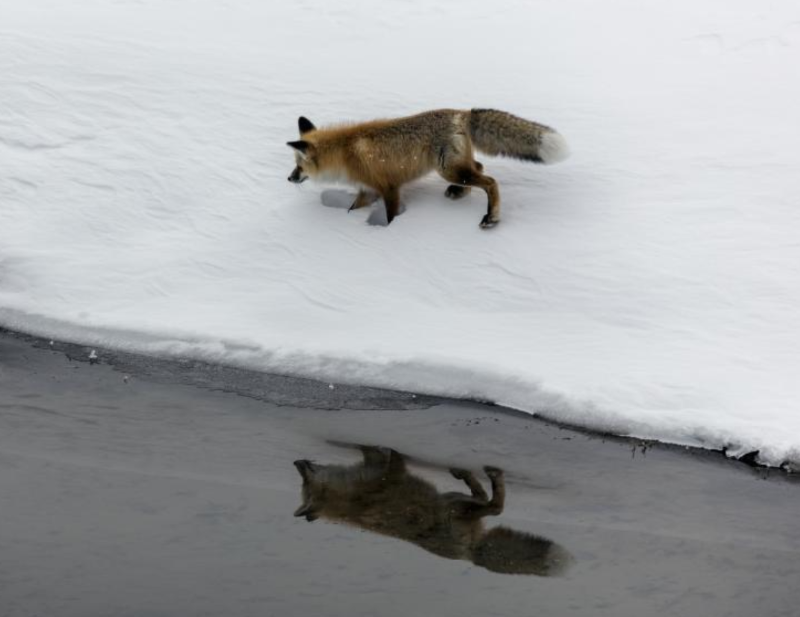Teach This Poem, though developed with a classroom in mind, can be easily adapted for remote-learning, hybrid-learning models, or in-person classes. Please see our suggestions for how to adapt this lesson for remote or blended learning. We have also noted suggestions when applicable and will continue to add to these suggestions online.

Look closely at the image of a red fox here.
The following activities and questions are designed to help your students use their noticing skills to move through the poem and develop their thinking about its meaning with confidence, using what they’ve noticed as evidence for their interpretations. Read more about the framework upon which these activities are based.
- Warm-up: Watch this short video about solstices here. What is one interesting fact that you learned from the video?
- Before Reading the Poem: Look closely at the image of a red fox here. What do you notice? What stands out to you? Why? Look again. What else do you see?
- Reading the Poem: Now, read the poem “Winter Solstice” by Ray McNiece silently. What do you notice about the poem? Annotate for any words or phrases that stand out to you or any questions you might have.
- Listening to the Poem (enlist two volunteers to read the poem aloud): Listen as the poem is read aloud twice, and write down any additional words and phrases that stand out to you.
- Small-group Discussion: Share what you noticed about the poem with a small group of students. Based on the details you just shared with your small group and the resources from the beginning of class, what does this poem say about winter, solstice, and/or time?
- Whole-class Discussion: How might you describe the speaker in the poem? How might you describe the speaker’s relationship to the natural world, including animals? What do you think of the last stanza of the poem: “a spider that unclenches / yellow in my steaming palm – / a spider that is / the sun”?
- Extension for Grades 7-8: Read more poems about winter here. Write your own poem about winter or time. Share it with your classmates.
- Extension for Grades 9-12: Read “Stopping by Woods on a Snowy Evening” by Robert Frost. Write an essay that compares Frost’s poem to McNeice’s poem. Share your writing with the class.
In the essay “Sincerity and Inventions: On Robert Frost,” the poet Carol Frost discusses Frost’s poetry, his writing practice, and the story behind “Stopping by Woods on a Snowy Evening.” Read more, or use this lesson plan to teach the poem.
